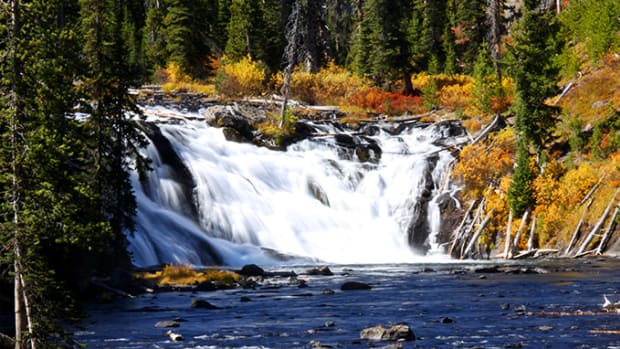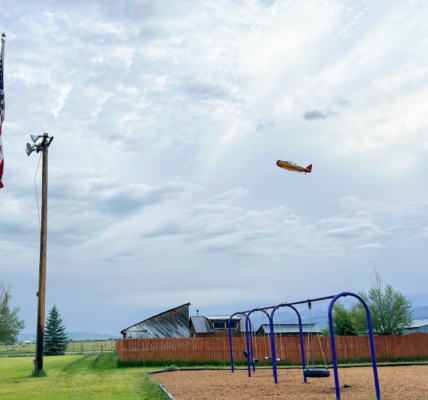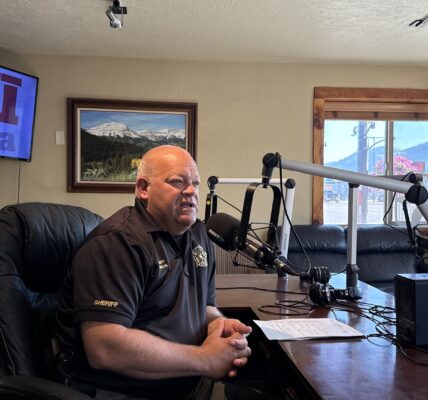
By Mike Koshmrl
Jackson Hole News&Guide
Via- Wyoming News Exchange
JACKSON — A telecommunications business rebuffed the National Park Service last winter after park officials asked for a smaller, pilot version of the company’s plan to add hundreds of antennas transmitting Wi-Fi signals throughout developed areas in Yellowstone National Park.
That was a request that Bret De Young, Yellowstone’s telecommunications chief, made to AccessParks, a business that proposed installing up to 484 small, 7- to 10-inch-wide antennas and another 39 larger antennas, ranging from 29-inch dishes to 6-foot-wide dishes at places like Canyon Village, Grant Village, Lake Village, Mammoth Hot Springs and Old Faithful.
“We thought that was a pretty good idea,” De Young said of seeking a scaled-down version. “But the applicant made it clear that it didn’t work for them.”
“They said, ‘No, we would like you to process the original application,’” he said.
With the pilot Wi-Fi system in the Mammoth Hot Springs developed area turned down, Yellowstone is now vetting a parkwide network with the public once again. It’s a project that stems from Yellowstone’s largest concessionaire, Xanterra, which is paying for the infrastructure to benefit its thousands of employees in the park and guests at some of its lodges.
“Wi-Fi is really nonexistent right now in the interior of Yellowstone,” De Young told the News&Guide late last year. “You find staff sometimes get frustrated driving 30 to 60 miles to find Wi-Fi outside the park. … to take care of regular daily things, like checking bank accounts or registering for classes.”
When Yellowstone first announced the plans and asked people to weigh in last fall, graphic renderings previewing the changes — including to numerous eligible historic buildings — were largely redacted and kept out of the public eye because the technology was deemed proprietary.
The exclusions were disappointing to National Park Service watchdogs like Jeff Ruch, Pacific field office director for Public Employees for Environmental Responsibility, who felt his ability to critique the changes was crippled.
“It’s difficult to judge the impact when you couldn’t actually see what was being put in,” Ruch said.
Yellowstone and AccessParks have since reversed course. Last week, they publicized an updated AccessParks application that includes dozens of photo simulations, and they asked for the public’s input once again.
Comments are now due by June 10.
Xanterra’s planned Wi-Fi infrastructure proposal has nothing to do with cellphone coverage, though the small dishes and antennas required would oftentimes be added to telecommunications equipment that broadcasts cell signals.
“All of the equipment is going on existing facilities, existing antenna structures, so nothing new is being built,” De Young said. “So it doesn’t have much effect on the physical environment.”
For that reason Yellowstone is not required to complete a substantive analysis of its decision and can fulfill its National Environmental Policy Act obligations through a “categorical exclusion,” he said.
The comment period underway will check that box by allowing the public to weigh in on the visual impacts on Yellowstone’s historic properties.
To diminish those effects, more than three-quarters of the antennas on National Register of Historic Places-eligible structures would be located in attic spaces or under eaves.
Those steps have appeased the Wyoming State Historic Preservation Office.
“We concur with your finding. … the above listed National Register eligible districts, National Register listed districts, and National Historic Landmarks will not be adversely affected by the undertaking as planned,” Historic Preservation Specialist Brian Beadles wrote Yellowstone in March.
Ruch, of PEER, still has questions about why the park is deferring to AccessParks and prioritizing the project at such a hectic time in its history.
“The park just reopened, and we’re still in the middle of a pandemic,” he said, “So the idea that they’re proceeding with Wi-Fi raises some eyebrows.”





